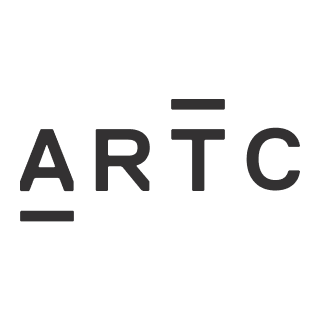Case Study
ARTC Inland Rail – Powerful Innovation & Integration at Australia’s Largest Freight Rail Infrastructure Project
About ARTC
This case study explores Inland Rail, Australia’s largest freight rail infrastructure project, which is being delivered through the Australian Rail Track Corporation (ARTC). ARTC implemented Contruent, a robust project management tool, for cost management, collaboration with contractors, and integration of existing systems. Using Contruent Enterprise, they have seen a reduction in month-end processes, enhanced approvals tracking, increased data integrity from cleansed and simplified data structures, integrated data from multiple sources into one centralized system, and improved visibility of spend, change and forecasts at a project and program level.
Industry
Infrastructure
Company size
2,000+
Headquarters
Mile End, South Australia
Founded
1998

Challenges
- Key policies, plans & procedures in early development stage
- Limitations of existing program technology & problematic work-arounds
- Heavy reliance on paper-based approvals
- Non-standardised records management procedures
- Lacked systems, policies, procedures to meet audit requirements
- Transitioning from emergent maturity level
- Key data managed in multiple places & outside of systemized environments
Solution
Implement a Project Management System that:
- Controls & synchronizes master data
- Houses program budgets, actual costs, forecasts
- Provides web-based access for updating data, producing reports, & triggering core processes
- Provides selective web-based access to external contractors
- Provides web-based functionality to log issues for assessment by project controls
- Generates payment certificates & substantiation reports
- Extracts data to a central data warehouse for strategic & analytical dashboards
Results
- Reduction in close of a month-end process
- Enhanced approvals tracking for ACWP, forecast, changes, contracts, purchase orders
- Improved data integrity from cleansed & simplified data structures
- Integrated data from multiple sources into one centralized system
- Improved visibility of spend, change, & forecast at project & program level


